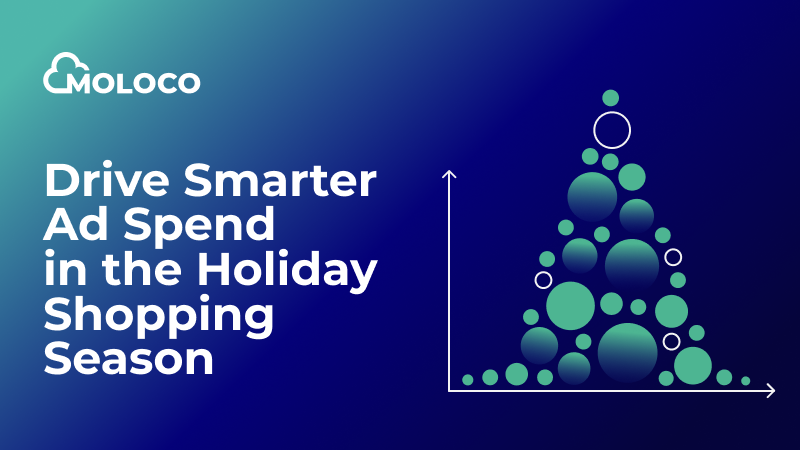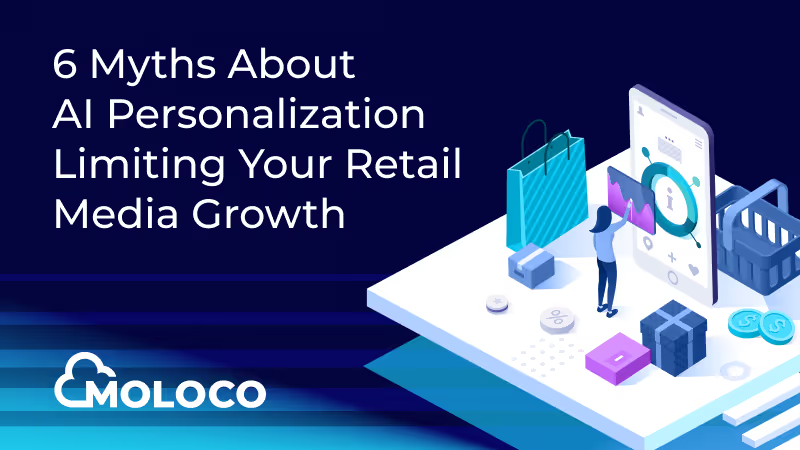Blog Article
Ad blindness is when users become conditioned to ignore ads after being exposed to “bad ads” for too long. This is a self-inflicted wound to ad businesses since these users become much less likely to click on ads on your site the longer they’re exposed to bad ads.
A 2015 study by Google on ad blindness demonstrated that the quality of ads is a more significant driver of ad blindness than the quantity. The study indicated that fewer but higher-quality ads can mitigate ad blindness, while an abundance of low-quality ads exacerbates it. More concerning is that it can take a long time for users to unlearn this behavior even if you start showing high-quality ads, as it detrimentally impacts long-term engagement since users develop ad blindness due to decreased satisfaction.
This problem isn't limited to display and banner advertising — it affects all types of ads, including native ones like sponsored products. Users adapt and can become “blind” to anything labeled “sponsored”. Ad blindness has various causes: too many ads, ad fatigue, misleading content, or ads that aren't relevant to the user.
In retail media, if the ads are truly native and the balance between ads and organic content is well thought out, the primary cause of ad blindness is typically irrelevant or low-quality ads. For instance, repeatedly showing dairy product ads to lactose-intolerant individuals or laundry detergent ads to people who use a laundry service annoys users without converting them into buyers.
Recognizing the drawbacks of ad blindness to user engagement is just the beginning. The next step is to accurately measure ad blindness and then ensure you take steps to avoid it or solve it with the right tools to deliver relevant and meaningful ads.
To accurately measure the rate at which users skip or ignore ads and to eliminate confounding factors, ad blindness is best measured in an A/A experiment setting rather than an A/B setting, where treatment A is compared to treatment B.
The ad blindness experiment setup:

User learning may take an extended period, and waiting for months for the post-period to measure learning effects might not be feasible. As an alternative, you can consider the following setup:
By following this experimental setup, you can effectively measure ad blindness and the impact of long-term learning on user interactions with ads.
Solving ad blindness requires the right tools, but it's a slow process. The best approach is to avoid serving bad ads altogether.
The solution to solve or avoid ad blindness is simple: produce better ads.
To produce better ads, focus on these two key aspects:
Most focus on content, however, in retail media, context may actually be the easier and more valuable part to address. Personalization through data-driven signals powered by machine learning can yield significant improvements.
Take, for example, a user purchasing soccer cleats and, later, socks. By recognizing this pattern through machine learning, you can intelligently suggest shin guards, which wouldn't be as relevant if you only looked at the sock purchase. Machine learning models can identify such connections, offering an in-store-like experience to users.
It's crucial to recognize that ad blindness affects all ad formats, extending to native content like retail media. The underlying causes are diverse, ranging from ad overload to irrelevance. A holistic approach is necessary to address this issue effectively by emphasizing both content and context. Focusing on personalized user experiences powered by machine learning offers a promising path forward.
If you want to further explore these strategies, reach out to us at Moloco.
 🚀 Moloco Commerce Media Helps eCommerce Capture the Holiday Traffic Surge 🎁
🚀 Moloco Commerce Media Helps eCommerce Capture the Holiday Traffic Surge 🎁The holiday shopping season brings a massive surge of high-intent traffic to e-commerce platforms. While this spike offers incredible opportunity, many advertising systems are too slow and static to capitalize fully on the fast-changing shopper behavior.

.avif) Beyond Last-Click: How We Prove Incremental ROAS in Retail Media
Beyond Last-Click: How We Prove Incremental ROAS in Retail MediaGhost bidding reveals true retail media ROI. See how AI-native incrementality testing delivers proven results from 253% to 1,609% incremental ROAS.

 6 Myths About AI Personalization Limiting Your Retail Media Growth
6 Myths About AI Personalization Limiting Your Retail Media GrowthDiscover the truth behind 6 AI personalization myths that are holding back your retail media growth - and how to maximize your performance.

.avif) The Commerce Media Ecosystem: Where Data, AI, and Ecommerce Shopping Converge
The Commerce Media Ecosystem: Where Data, AI, and Ecommerce Shopping ConvergeEverything you want to know about the Commerce Media Ecosystem. Learn how first-party data and AI is used to drive growth for suppliers, digital retailers, and consumers.

